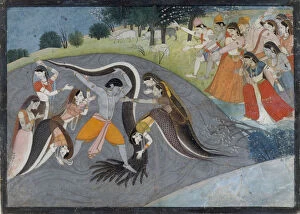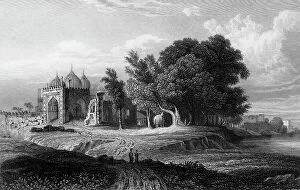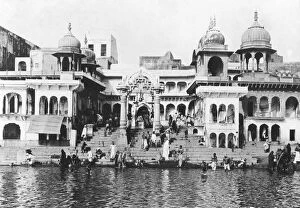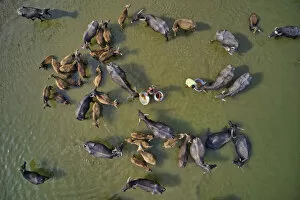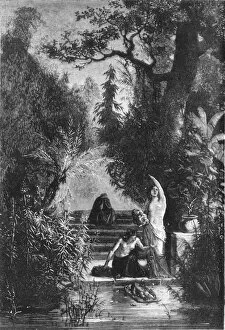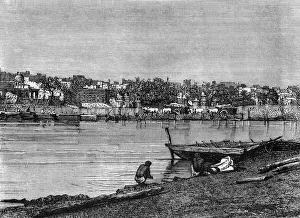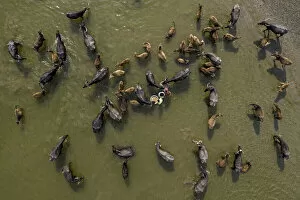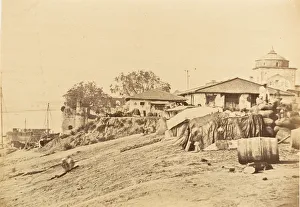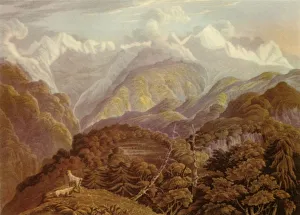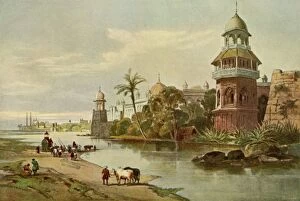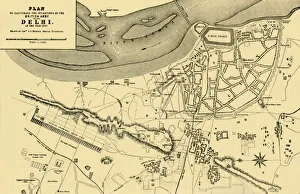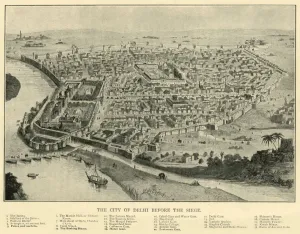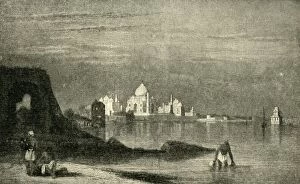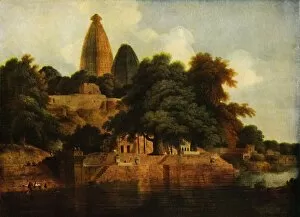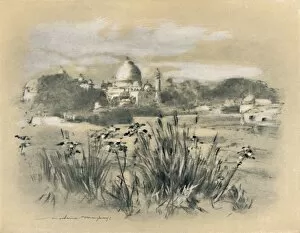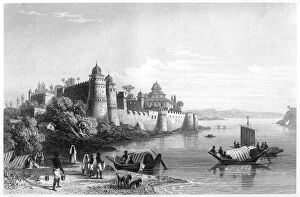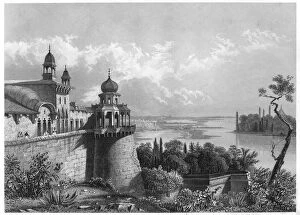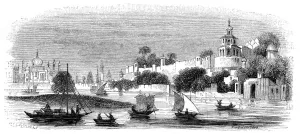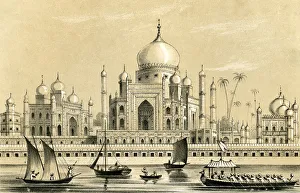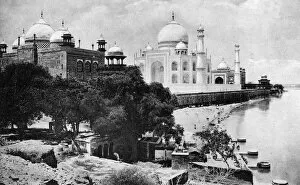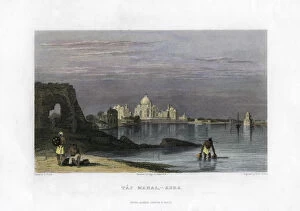River Jamuna Collection
The majestic river Jamuna, also known as Yamuna, holds within its waters a tapestry of captivating stories and timeless beauty
All Professionally Made to Order for Quick Shipping
The majestic river Jamuna, also known as Yamuna, holds within its waters a tapestry of captivating stories and timeless beauty. From the ancient tales of Krishna Subduing Kaliya, the Snake Demon to the bustling scenes of cattle being herded across its currents in Bogura, Bangladesh for their daily bath, this river has witnessed countless moments that have shaped history. One can almost feel the serenity and devotion at the Bathing Ghat on the Yamuna River in Muttra in 1917. As devotees immerse themselves in its sacred waters, they seek solace and spiritual rejuvenation. However, not all scenes along this historic river are serene; some depict harsh realities like Infanticide on the Banks of Jumna captured by James Grant around 1891. These haunting images remind us of our collective responsibility to protect and cherish life. As we journey further along this enchanting waterway, we encounter breathtaking views such as those seen from Muttra or Agra's banks. The Taj Mahal stands tall against the backdrop of shimmering blue waters in late 1850s photographs by John Murray. Its ethereal beauty is mirrored by another image from Murray's lens - [The Taj Mahal from the Banks of Yamuna River], transporting us back to a time when Mughal grandeur graced these shores. Ghats hold a special place along Jamuna's course - be it Allahabad Fort or Agra's ghat with an unobstructed view of Taj Mahal during 1860s-70s captured by unknown photographers. These ghats serve as gateways between earthly existence and divine realms where pilgrims find solace amidst chaos. Amidst all these diverse scenes lies Kaliya Damana - an artwork created in 1920 depicting Krishna triumphantly subduing Kaliya with his valorous act symbolizing good conquering evil.

